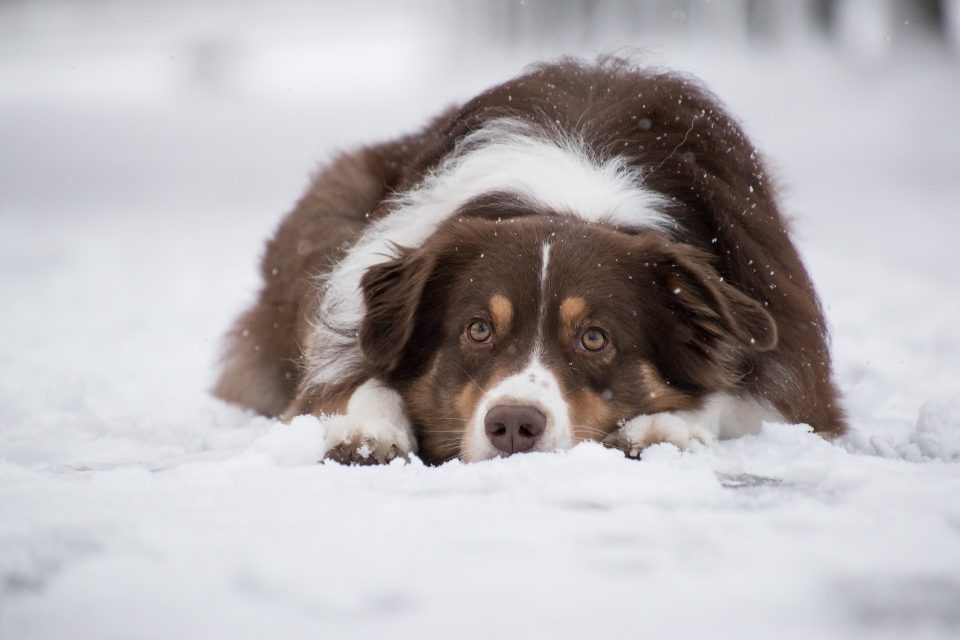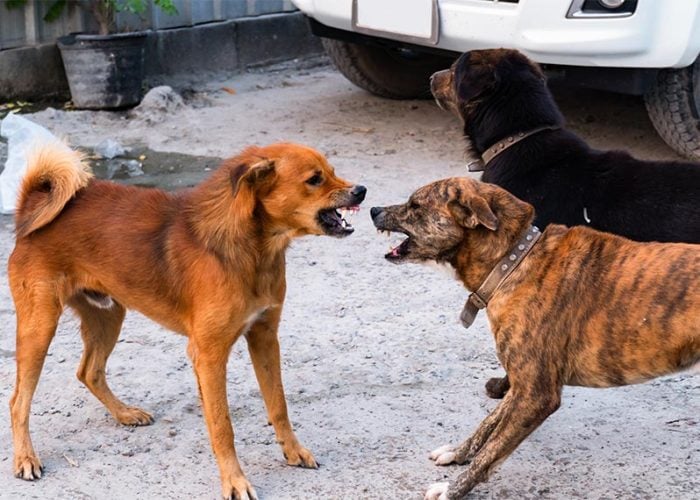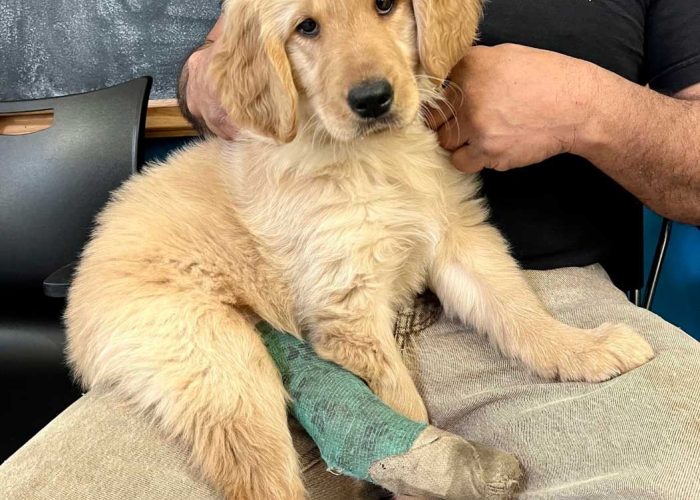If you’re from the Midwest, then you know there are two different types of winters: one where it’s 50 degrees and sunny on Christmas Day, and one that is brutal, freezing and painful from November to February.
Unfortunately we got unlucky this year. But, if you think about it, we as humans have it easy. You see, we have the ability to bundle up and defrost in the comfort of a warm home, but, for animals who don’t have a voice, they do not. We have to educate ourselves and pay close attention to their body language or … it could cost them their life.
That’s why we’ve created this series of true or false statements. We want you to familiarize yourself with all the ways you can keep your pets (and strays) out of harm’s way. Let’s get started.
True or false: The bigger the dog house, the better.
False!
If a dog house is too big, it won’t do a good job at retaining heat or keeping your pet very warm because it allows too much cold air in. Make sure it’s big enough for your dog to stand up, turn around and lay down comfortably and not too small to where it’s cramped and uncomfortable.
True or false: Beds and blankets are great heat sources to put inside dog houses.
False!
The problem with beds and blankets is that they get wet when it rains or snows. As soon as the temperature drops below 32 degrees, they freeze and can lead to frostbite, hypothermia and possibly death. Instead of fabric, use straw. It insulates their shelter and doesn’t get wet.
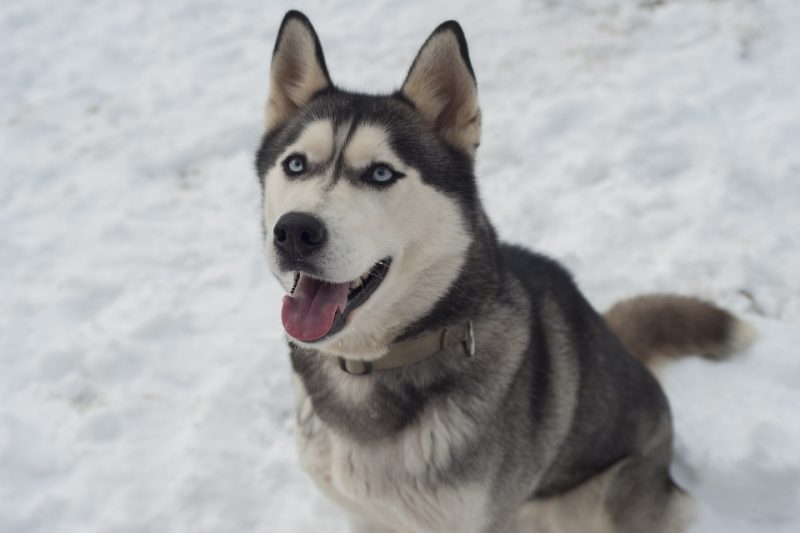
True or false: A wire kennel or porch is considered adequate shelter from the elements.
False!
By law in Kansas City, MO, adequate shelter means “a structurally sound, properly ventilated, sanitary and weatherproof shelter suitable for the species, condition and age of the animal which provides access to shade from direct sunlight and regress from exposure to inclement weather conditions.”
A wire kennel or porch does not fit that description and doesn’t protect pets from the elements (ie. rain, snow and ice).
True or false: You should trim the hair between your dog’s paw pads if they have long hair.
True!
If your pet has long hair, they are more likely to accumulate little balls of ice between their paw pads, which can be incredibly painful. By trimming their hair, it doesn’t give the snow anything to grab onto, therefore preventing ice burns and frostbite.
Another tip: Dry and check their paws every time they come inside!
True or false: Dogs with long, thick coats like huskies or German shepherds can withstand cold temperatures.
True, but there is a limit!
Our chief veterinarian, Dr. Melia Washington, says short-haired dogs can last 10 to 15 minutes in freezing temps before frostbite and hypothermia kick in whereas long-haired breeds can last hours depending on the dog. When your pet begins to shiver or nestle down for warmth, it’s time to force them inside!
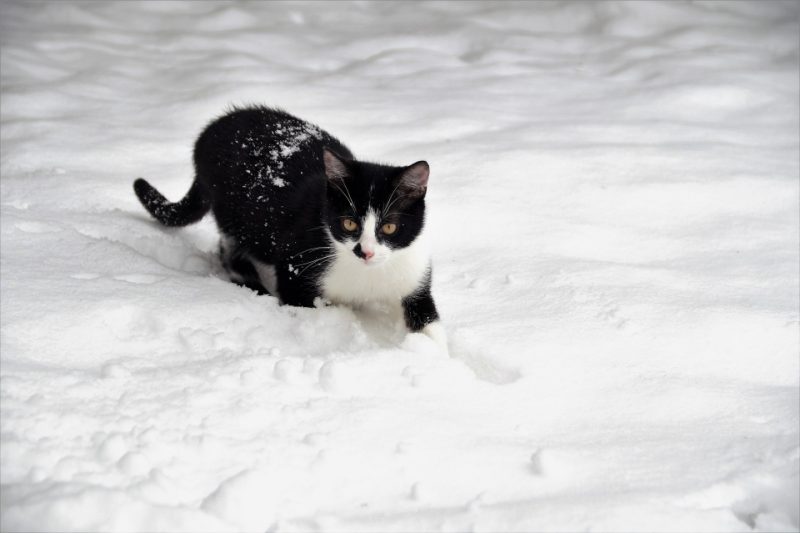
True or false: Dehydration is as big of a concern in the winter as it is in the summer.
True!
Water helps dogs and cats maintain their internal temperature, and they actually need more of it during colder temperatures and low humidity because more water evaporates from their bodies (science, I know!). Make sure your pet has 24-hour access to fresh, clean water that isn’t frozen.
True or false: You should feed your pet extra food during the colder months.
Sometimes true, but mostly false!
The only time you should overfeed your pet during the winter is if they spend the majority of their time outdoors because they’ll burn more calories shivering and trying to stay warm. If they don’t, there is no reason to overfeed them because obesity leads to more health problems.
True or false: Your pet does not need parasite prevention in the wintertime.
False!
The reason we recommend pets stay on prevention year-round is because all it takes is one day above 40 degrees for ticks, mosquitoes and parasites to come back out. Also, fleas move inside your home when it’s cold and feed on your pet’s blood, so make sure to stock up.
That’s it! If you’ve got additional questions or need assistance with resources, reach out to us at 816-353-0940 or [email protected]; we’d be happy to help. And if you see a pet suffering outside in freezing temperatures, contact your city’s animal control immediately and make sure to grab a case number so you can follow up.
Stay warm, friends!
